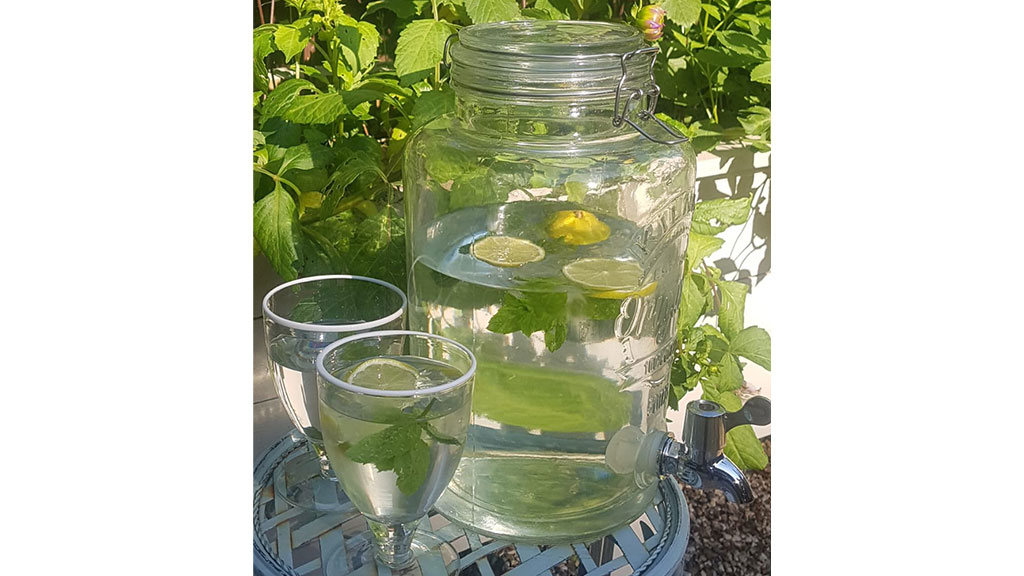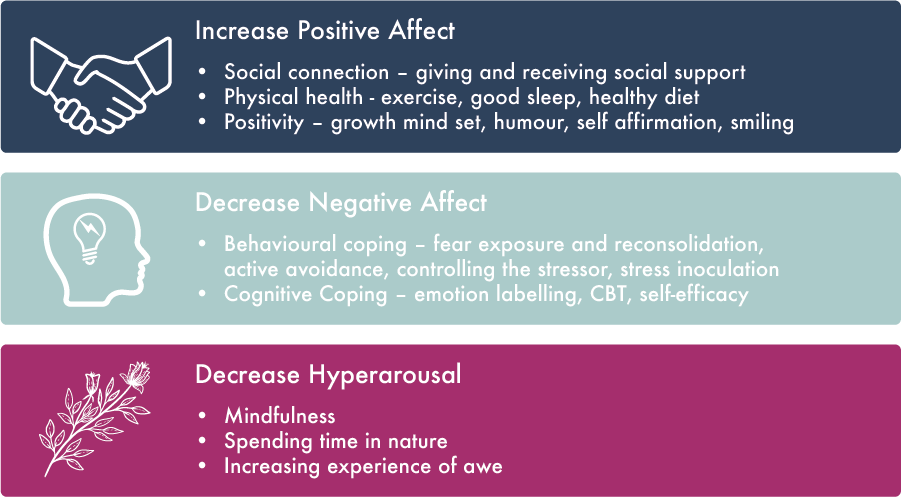Why adaptability is the new resilience
Written by Rachel Mortimer | Leadership and Development Coach and Windsor Leadership Alumna and Facilitator
Everyone is always going on about resilience. We are told that it is an essential part of being a leader; that kids need to learn it early; that it is what sets us apart. In fact, I can practically hear the sound of my resilience gurgling down the plughole the more I hear about it.
The trouble is that it all feels a bit judgemental. That you are somehow weaker if you admit to low or (shock, horror) NO resilience. So we pretend that we are resilient when we aren’t. Which is stressful, reduces our future coping mechanisms, and can have more serious consequences.
Although it’s a bit of a buzzword, it is clearly a topic worth exploring. Above all because we need a leadership approach that is personally sustainable. But it also helps to role model resilience, and to inspire others to work out what it means for them. So, before you get submerged in the deluge of post-summer emails and arbitrary half-term-related deadlines, get a grip on resilience. Read on to:
- Understand what it is and where it comes from
- Recognise the signs that your own resilience may be decreasing
- Apply that knowledge to ensure your leadership approach is sustainable
What does resilience really mean?
It used to be described as “bounce-back-ability”. Remember that Blackadder quote about laughing in the face of fear and tweaking the nose of terror? Comically effective? Yes. Realistic? Sadly not. Even psychologists have described it as “thriving in the face of adversity”. But as our understanding of the brain develops, so do our expectations of how we can reasonably respond to life’s slings, arrows and nerf darts.
Being resilient does not mean that you should be able cope with (or pretend to cope with) everything. Nor does it mean you should recover like some sort of superhero from the stuff that knocks you back. This is especially true in leadership roles, where we can feel that resilience means absorbing more than is manageable or protecting our teams at our own expense. This is not the path to sustainable leadership. Knowing what helps with resilience and actively building it in different ways is much more likely to bring long term success.
For me, resilience can be one resolute but juddering deep breath away from crumbling into a ball and howling. Or being nearly paralysed with fear, but forcing a smile and puffing out a mantra, to help me put one shaking limb in front of the other – as demonstrated in the photo.
[Forcing a smile after racing through the night in the Patrouille des Glaciers]
Some might describe this as grit. They are related, but the difference between resilience and determination is that the former means you process and learn from a major struggle or failure. The latter is a more sustained and sometimes dogged pursuit of a goal.
At other times it is about acknowledging that I have temporarily dipped under the cloudy, turbulent surface of daily life, and that I am allowing myself a brief wallow. I know I will resurface and that is fine. Because at its heart, resilience is a form of adaptability. It is the ability to recover and move forwards, at a snail’s pace if necessary, better resourced to deal with the next challenge. Understanding its origins can help us learn how to build it up and sustain it.
Where does it come from?
Researchers have concluded that some resilience is genetic – this means some people just cope better than others. Quite annoying if you are not one of them, and smug points for you if you are. But don’t despair. Further research shows that protective factors (like support networks) and learning from experience can both be instrumental. This is good news because it means there are plenty of ways to top it up.
However, it is always being tested and used up. It is a bit like one of those vintage glass water dispensers you see everywhere now. When the vessel is full and maintained, its contents are clear, ready to sustain you and revitalising. If neglected, the level drops, things get a bit murky, and if you’re really unlucky, a bit of limp mint may ooze out like seaweed as you drain the dregs into your cup.
Sometimes your reservoir of resilience can be half empty before you even notice that you are wading through whatever has leaked out. This is why it is crucial to acknowledge when that starts to happen and why we should create good habits when we are best resourced to do so.
Recognise when and why you need it.
When people describe how things have changed for them, without understanding why, their resilience is probably low. We’ve all been there: feeling tired or impatient when we’re usually upbeat and energetic; blaming colleagues for problems when we can usually find solutions. And yet, we can’t see it. Unchecked, a resilience deficit might generate longer term problems. Therefore, it helps to identify early what is causing you any dip.
Whilst short periods of stress can stretch us in a positive way, the production of cortisol and adrenalin over prolonged periods weakens us. This can lead to issues such as overwhelm, where there is an extended increased activity in the sympathetic nervous system, known as increased hyperarousal. Or burnout, where a decrease in activity in our brain’s reward system generates symptoms of fatigue, apathy and low motivation, known as ‘decreased positive affect’ Overwhelm and burnout also share a common symptom called ‘increased negative affect ‘- feeling dissatisfied with yourself, others or the world in general.
It can be hard to recognise when you are sliding into one of these states. It can also be tough to accept friends or family remarking on your changing behaviour. The best thing to do is establish good habits to build and maintain resilience when your resilience is already buoyant.
The more ways you find to build resilience, the more likely you are to stay resourced. One effective method is to target activities which help with symptoms you have identified (or to which you may be prone under stress) - those which decrease hyperarousal, ‘increase positive affect' and ‘decrease negative affect’. Neuroscientists Tabibnia and Radecki (2018)[1] helpfully reviewed the research in this field and identified various activities which boost resilience and change the brain. The full article is very accessible and worth reading, but the model below provides a menu of options for you and your teams to start practising whilst post-summer resilience levels are high. If you put these into place now, you are not only more likely to keep them going when stress increases, but they will also help you cope, learn and move forward.
[1] Tabibnia, G., & Radecki, D. (2018). Resilience training that can change the brain. Consulting Psychology Journal: Practice and Research 2018, Vol. 70, No. 1, 59-88
Latest blogs
Navigating the Boardroom: Professional Insights from Both Sides of the Table
In this blog, Emma FitzGerald explores the critical dynamics between Chairs and CEOs across commercial and not-for-profit sectors, emphasising the importance of trust, defined roles, and collaborative governance in driving organisational success.
When leadership comes at a personal cost
In this personal blog post, Barry Joinson, Windsor Leadership Facilitator, explores the importance of maintaining clear boundaries between work and home, and how they can help to create clarity, safety, and trust.
The Power of Year-End Reflection
In this blog, Liz Ward, Windsor Leadership's Alumni Relations Manager, shares why reflection can be useful as the year draws to a close. Rather than rushing into new goals, taking time to pause and review successes, challenges, and lessons learned can strengthen clarity, team alignment and long-term vision.
Disclaimer:
The views expressed in Blogs, Articles, Podcasts and Videos posted on Windsor Leadership’s website and social media channels, remain the opinions of the individuals and do not necessarily represent the views or opinions of Windsor Leadership. Windsor Leadership does not accept any responsibility for the accuracy of the information shared. We hope however that the views prove to be useful in reflecting on the challenges of leading today.







